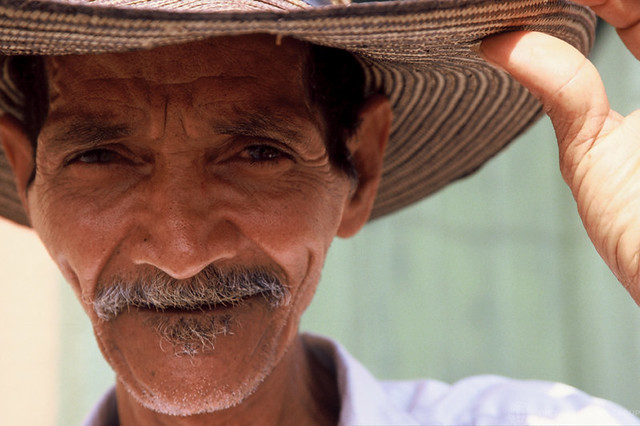Jamaica, home to 2.9 million people, has made significant strides in reducing public debt¡ªfrom over 140% of GDP in 2013 to 73.4% in FY2023/24. While this reflects strong efforts to manage public finances, economic growth remains modest. The country continues to face challenges, including low productivity, a narrow economic base, and heavy reliance on tourism.
Economic Outlook
Jamaica¡¯s economy is expected to grow by 1.7% in 2025. Key sectors like agriculture, mining, and construction are helping to drive the recovery. Inflation is expected to stay within the central bank¡¯s target range of around 5%. As incomes rise, poverty is projected to fall, with only 11% of Jamaicans living on less than US$6.85 a day by 2027. Public debt is also expected to decline, reaching 60.7% of GDP by 2027.
However, the outlook faces risks. Global slowdowns, rising uncertainty and natural disasters could affect growth and delay development goals. Domestic concerns, including crime, violence and food insecurity, especially among poorer households, also pose challenges.
Unemployment remains low overall (3.5% in late 2024), but youth and female youth unemployment are still high. Although women¡¯s participation in the labor force is increasing, it remains lower than that of men.
In 2024, food insecurity remained a serious concern. Approximately 2% of all households¡ªand 60% of the poorest¡ªexperienced moderate to severe food insecurity.
Last Updated: May 14, 2025


